Intro
Tick bites can be a significant concern for many individuals, especially during outdoor activities such as hiking, camping, or simply spending time in the garden. One of the most common questions people ask is whether tick bites are itchy. The answer to this question is not a simple yes or no, as the itching sensation associated with tick bites can vary greatly from person to person. In this article, we will delve into the world of tick bites, exploring their causes, symptoms, and effects on the human body.
Tick bites are caused by ticks, which are small, blood-feeding arachnids that attach themselves to the skin of mammals, birds, and sometimes reptiles and amphibians. There are over 900 species of ticks, but only a few are known to bite humans. The most common species that bite humans include the blacklegged tick, the lone star tick, and the American dog tick. Ticks are found in various environments, including forests, grasslands, and even urban areas. They are attracted to their hosts by carbon dioxide, heat, and moisture, making humans and animals ideal targets.
When a tick bites, it inserts its mouthpart into the skin, causing a small wound. The tick then feeds on the host's blood, which can lead to an immune response. This immune response is what causes the itching sensation associated with tick bites. However, not all tick bites result in itching. Some people may experience a range of symptoms, including redness, swelling, and pain, while others may not notice any symptoms at all. The severity of the symptoms depends on the individual's immune response and the type of tick that bit them.
What Happens When a Tick Bites
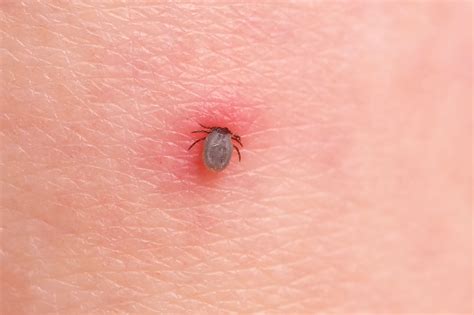
Tick Bite Symptoms
The symptoms of a tick bite can vary depending on the type of tick and the individual's immune response. Common symptoms include: * A small, red bump or blister at the site of the bite * Itching or burning sensation around the bite * Redness and swelling around the bite * Pain or tenderness around the bite * Fever or chills * Headache or fatigueWhy Are Tick Bites Itchy
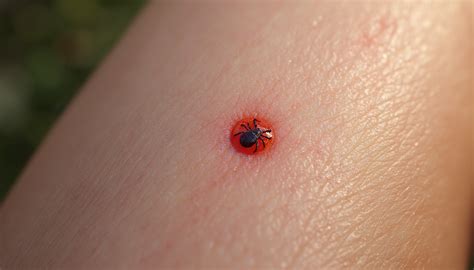
Treating Itchy Tick Bites
If you experience an itchy tick bite, there are several steps you can take to relieve the itching and prevent further complications. These include: * Removing the tick promptly and correctly * Cleaning the bite area with soap and water * Applying an antiseptic cream or ointment to the bite * Using calamine lotion or hydrocortisone cream to reduce itching and inflammation * Taking an oral antihistamine to relieve itching and reduce the allergic responsePreventing Tick Bites
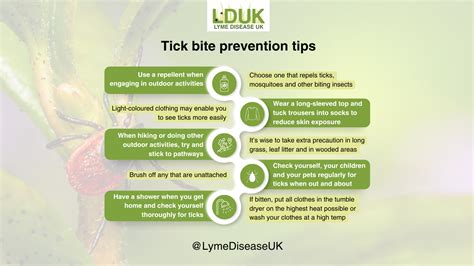
Removing Ticks Correctly
If you find a tick attached to your skin, it's essential to remove it correctly to prevent further complications. Here are the steps to follow: * Use fine-tipped tweezers to grasp the tick as close to the skin as possible * Pull upward with steady, even pressure * Do not twist or jerk the tick, as this can cause the mouthpart to break off and remain in the skin * Continue to pull upward until the tick is removed * Clean the bite area with soap and waterTick-Borne Diseases
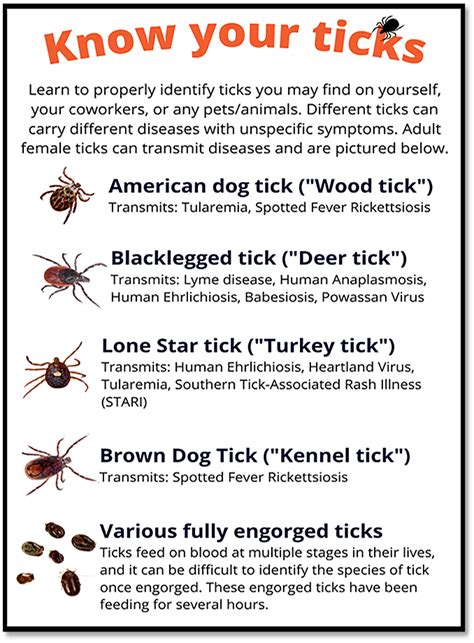
Symptoms of Tick-Borne Diseases
The symptoms of tick-borne diseases can vary depending on the disease and the individual's immune response. Common symptoms include: * Fever and chills * Headache and fatigue * Muscle and joint pain * Rash or lesion * Swollen lymph nodesDiagnosing Tick-Borne Diseases
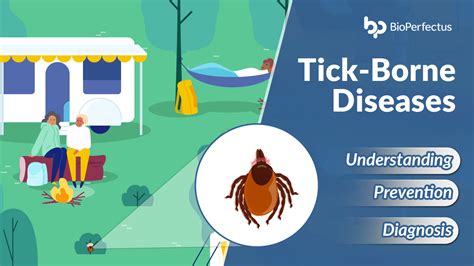
Treating Tick-Borne Diseases
Treatment for tick-borne diseases usually involves antibiotics, which are effective against most tick-borne pathogens. The type and duration of treatment depend on the disease and the individual's overall health. In some cases, hospitalization may be necessary to manage severe symptoms and prevent complications.Conclusion and Next Steps

We hope this article has provided you with valuable information on tick bites and tick-borne diseases. If you have any questions or concerns, please don't hesitate to comment below. Share this article with your friends and family to help spread awareness about the importance of tick bite prevention and treatment.
What are the most common symptoms of a tick bite?
+The most common symptoms of a tick bite include a small, red bump or blister at the site of the bite, itching or burning sensation around the bite, redness and swelling around the bite, and pain or tenderness around the bite.
How can I prevent tick bites?
+To prevent tick bites, wear protective clothing, such as long-sleeved shirts and pants, when outdoors, use insect repellents that contain DEET, picaridin, or oil of lemon eucalyptus, and conduct regular tick checks on yourself, children, and pets.
What are the most common tick-borne diseases?
+The most common tick-borne diseases include Lyme disease, Rocky Mountain spotted fever, Southern tick-associated rash illness (STARI), Ehrlichiosis, and Anaplasmosis.
